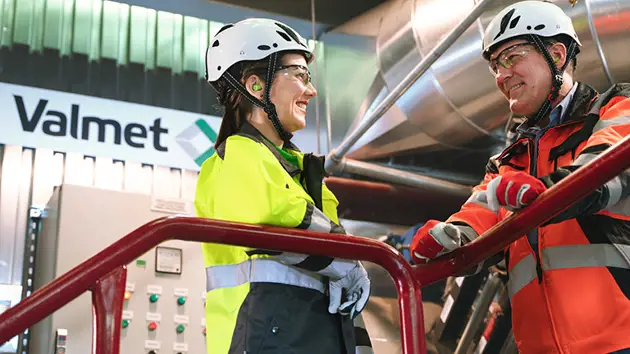Toward more flexible production with low-load combustion

Valmet’s new concept for low-load combustion (also called partial bed operation) in CFB boilers improves production flexibility and emissions control as well as provides an efficient tool for production optimization, among others. To date, this operation mode has been available for bubbling fluidized bed (BFB) boilers only. The solution is applicable to both new CFB boilers and existing ones as a retrofit.
Improved production flexibility
Production optimization
Better emissions control
Financial benefits
Optimizing CFB boilers with partial bed operation
In the low-load combustion solution, the furnace bottom is divided into separately controllable windboxes, allowing fluidization closure in some areas. By reducing the fluidization area, it’s possible to minimize the primary airflow while maintaining sufficient fluidization and pressure drop. Having less primary air increases bed temperatures and improves the control of NOx, unreacted NH3 and CO emissions.
Automation is designed to mitigate the risk of agglomeration and back-sifting in partial bed operation mode. For example, the primary air fan minimum load can set a limit for reducing the boiler’s minimum load. It’s possible to achieve an even lower minimum load with dedicated design of combustion air and recirculating gas ducting.
Related pages

Our expertise is at your service
Our focus is to bring your performance forward. Our expertise in sustainable energy production is at your disposal. Get in touch with our specialists through your local Valmet office, or the link below.
Contact us
